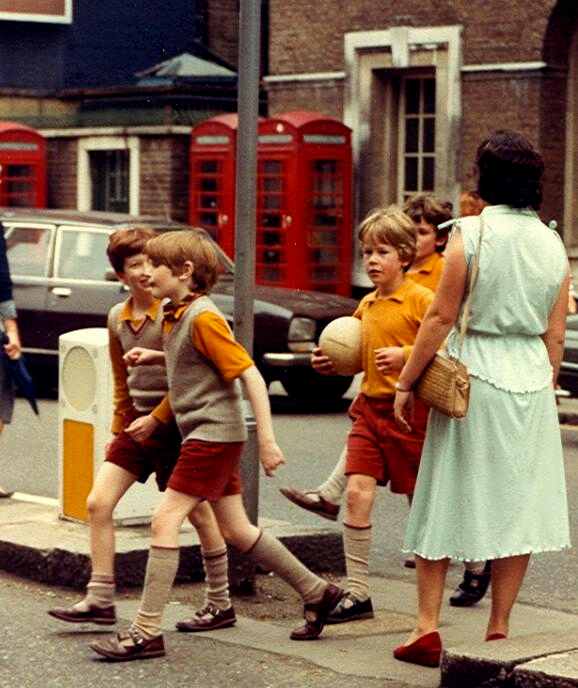
Figure 1.--Some boys had more difficulty than others keeping theor socks up. Some would pull them up when they fell down. Others would not bother--unless they heard the dreaded, "Pull your socks up!" |

|
One saying from English school uniform has passed into the English language,
and that is "Pull your socks up!". Millions of children would have heard that admonition from their teachers down through the years, and still do, though many nowadays, wearing long trousers with ankle socks, would wonder where the saying came from.
It's a general command to do better, get your act together, work harder and
so on.
It originated of course from the shoolmaster who would try to sort out a
scruffy and unruly boy who might well have started by telling him off for some poor work, and then had a general rant about his appearance, along the lines of "Your writing is a disgrace. Do it again, and look at you, you're a mess. Comb your hair, tuck your shirt in... and pull your socks up!" In the end, "Pull your socks up" passed into the language or use by anyone anywhere who was telling a subordinate they had to do better.
Long socks all too often were found to have fallen down into a sorry heap
around the ankles. Even worse, quite often one sock would be up, the other
down .... the sign of a boy who really couldn't be bothered, didn't care and
hadn't even noticed! His mind was on other things like football, playtime,
his gang, wanting to be a train driver or a policeman, or simply 'when will
this boring lesson end?' A sign of a bad attitude towards school and
schoolwork.
In fact, any good mother would have provided for her son the means to keep
his socks up... the garter. Millions of English schoolboys will remember the
hunt for the garters first thing in the morning. Usually, garters were
simply circular pieces of wide elastic, placed around the top of long socks
just below the knee to keep them firmly in place.. though they didn't always
work. Sometimes they might be a bit too big for a boy's leg... maybe he'd
put an older brother's ones on my mistake. Or maybe he started off with
garters in the morning, but lost them when getting changed for PE or simply
forgot to put them back on.
Some garters also had coloured tabs, most famous of all the ones worn by
scouts with green tabs, or those worn by the Scots with their kilts. Scouts
in some countries use other colours, such as the blue often seen in some
European countries. In a few rare cases some prep schools used coloured garter tabs to denote rank or house. So, for example, all the boys in one "House" would wear garters with tabs of one particular colour, with four different colours for
the four different Houses in a school. Alternatively, some schools had garters with tabs just for the monitors or prefects, as a handy way for everyone to now who the prefects were. Although monitors and prefects virtually always wore a badge, a garter could be seen if they weren't wearing their blazer or jumper on which the badge was affixed, for example during a summer's playtime.
Navigate the Boys' Historical Clothing Web Site:
[Introduction]
[Activities]
[Biographies]
[Chronology]
[Clothing styles]
[Countries]
[Bibliographies]
[Contributions]
[FAQs]
[Glossary]
[Satellite sites]
[Tools]
[Boys' Clothing Home]
